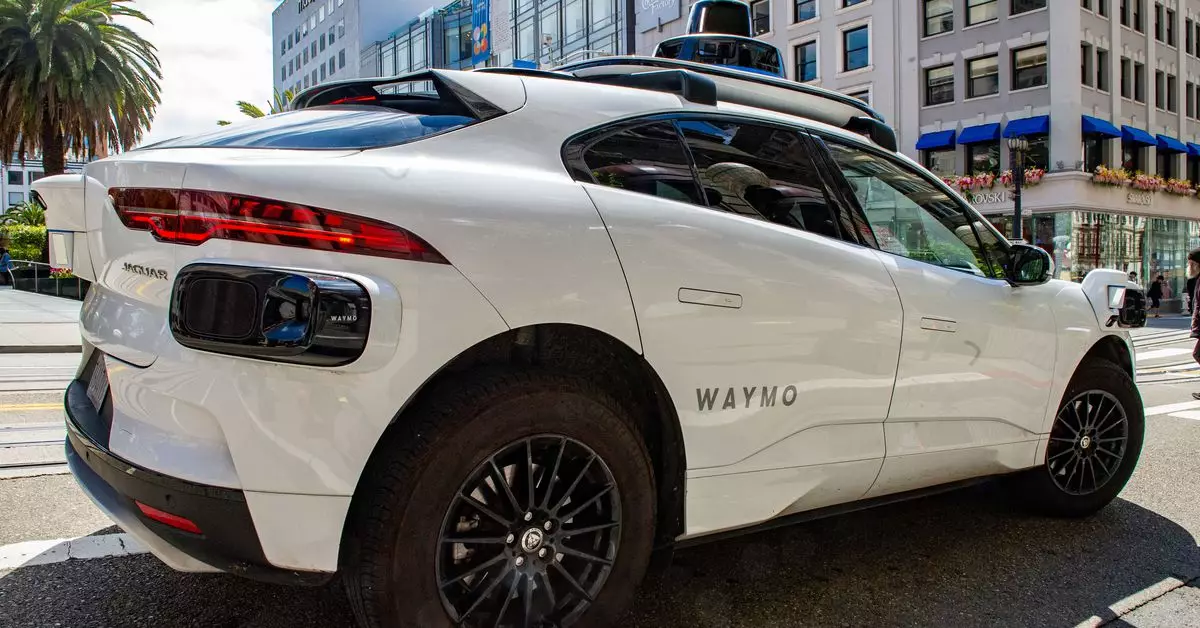The world of autonomous vehicles is rapidly evolving, driven by technology giants eager to capture markets previously unimagined. Among these companies, Waymo stands out with its ambitious foray into Japan, marking its first deployment of autonomous vehicles on public roads outside the United States. This article delves into Waymo’s strategic expansion into Tokyo, analyzing its implications for the company, the local market, and the global autonomous vehicle industry.
Waymo’s initiative to launch vehicles in Tokyo is not merely about pushing technology borders. It symbolizes the company’s strategic intent to collect invaluable data on the unique driving culture in Japan, characterized by left-hand traffic and a densely populated urban landscape. By categorizing this venture as a “road trip,” Waymo emphasizes its commitment to understanding the intricacies of the Japanese environment while refraining from immediate commercial ambitions. Notably, the company has partnered with Nihon Kotsu, a local taxi fleet operator, which not only legitimizes its efforts in the eyes of local authorities but also enables it to gain insights from seasoned professionals within the Japanese transportation sector.
The decision to deploy approximately 25 vehicles in early 2025 illuminates Waymo’s careful, calculated strategy. While many autonomous vehicle companies have raced to achieve tepid robotaxi launches, Waymo appears more measured, opting for data collection over immediate commercialization. Sandy Karp, Waymo’s spokesperson, underscored this cautious approach, reiterating that current efforts are aimed at understanding how their technology can harmonize with existing transportation frameworks rather than creating a scramble for immediate service rollout.
The mention of GO, a widely recognized taxi app in Japan, as part of Waymo’s strategic partnership could signify ambitious plans for future integration into Japan’s mobility ecosystem. By aligning itself with local industry players, Waymo demonstrates its intention to utilize existing infrastructure and user bases, likely searching for a seamless entry into the competitive Tokyo market. This is reminiscent of its partnerships in the United States, where Waymo has integrated its services with the Uber ride-hailing app in various cities.
Through local collaborations, Waymo can navigate regulatory hurdles with greater ease and build trust within the community, which is crucial in a country where technological apprehension may hinder acceptance. The company’s current approach aims at fostering relationships with local governments and communities, a vital step in ensuring shared benefits and community alignment.
Currently, Waymo has managed to establish a notable presence in the U.S. with around 700 operational vehicles in cities like San Francisco and Los Angeles. The reported figure of 175,000 paid rides per week attests to the company’s gradual growth, albeit one that operates with the caution of a larger strategic vision. This careful trajectory could be indicative of how Waymo intends to approach its endeavors in Tokyo.
Geofencing its operating area to select neighborhoods—such as Minato and Shibuya—adds another layer of strategic planning to its Japanese expedition. By initially restricting its operations, Waymo can monitor and fine-tune its vehicles’ performance in these locales before potentially scaling up to more extensive territories. Such geofencing not only improves safety but also allows the company to gather detailed data on specific urban conditions, vehicle behavior, and public interaction.
The broader landscape of autonomous vehicle testing reveals a noticeable divergence in how markets such as China and the U.S. approach the technology. With companies like General Motors pivoting focus toward driver-assist and standard-owned vehicles, Waymo endeavors to assure stakeholders of its commitment to fully autonomous experiences, despite the current skepticism in the industry. Japan, often viewed as a laggard in autonomous vehicle technology compared to its neighboring rivals, could serve as both a testing ground and an unexpected springboard into Asia for Waymo.
Waymo’s attempt to infiltrate the Japanese market transcends simple geographic expansion. It is a carefully orchestrated venture aimed at data acquisition, local integration, and strategic partnerships. As the company navigates this complex terrain, it stands not just to strengthen its foothold in a new region but also to redefine its position in the global autonomous vehicle industry, potentially influencing the technology’s trajectory moving forward.

